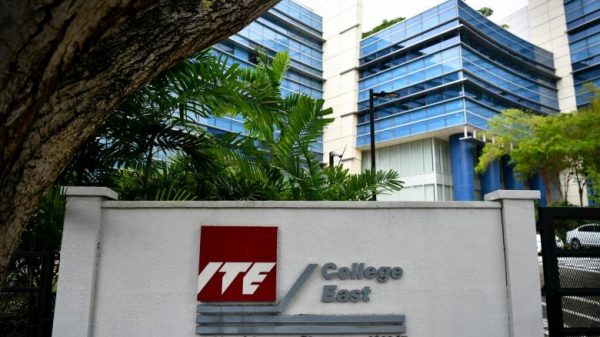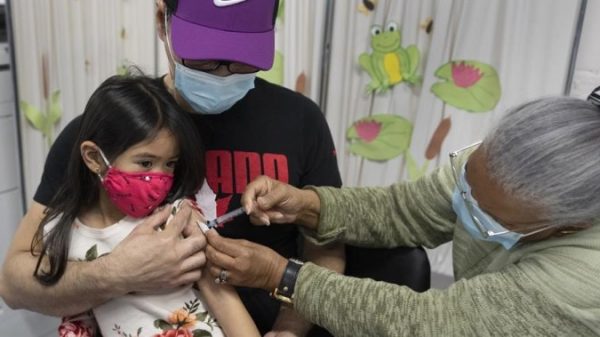
The meeting will be held over Zoom beginning at 6 p.m. State health leaders hope to learn which environmental health issues are most important to Coloradans.
DENVER — A virtual meeting hosted by the Colorado state public health department on Monday night hopes to get public feedback over its plan to develop a new environmental justice mapping tool.
The Colorado Department of Public Health and Environment (CDPHE) is hosting the meeting via Zoom at 6 p.m., in which CDPHE is seeking public opinion on its proposed new mapping tool, CO EnviroScreen.
The mapping tool, set to be released next year, aims to “help users maximize funding and resources for interventions to avoid, reduce, and repair environmental harms.”
Environmental Justice Program Manager for CDPHE Joel Minor said this tool will build on their existing Climate Equity Data Viewer too. “It will give us an opportunity to incorporate different environmental exposures, environmental affects, health outcomes and socioeconomic factors that will help us identify communities in Colorado that are disproportionately impacted by pollution,” Minor said.
Part of the feedback CDPHE and their development partners at Colorado State hope to get is to help identify communities that may be disproportionately affected by environmental hazards, based in part on Colorado’s Environmental Justice Act.
“We want to do our best to ensure CO EnviroScreen becomes a trusted resource to address environmental injustices in Colorado,” said Josie Plaut, a project lead on the Colorado State side, in a CDPHE press release. “We’re committed to using what we learn in our community sessions to shape and improve CO EnviroScreen, both in the development phase and beyond.”
You can sign up for the meeting using this link. The meeting will last approximately 90 minutes, ending around 7:30 p.m.
Minor said any person who attends the meeting outside of their job responsibilities are entitled to receive a $45 gift card in exchange for their input and time to the agency.
This goal for the tool is to outline communities that meet the new definition of ‘disproportionately impacted community’ under the new Environmental Justice Act.
“That definition has a lot of purposes, one of those purposes is that it directs where funds can be distributed through our new environmental justice grants program,” said Minor.
Members of the public will be allowed to test the new tool in early 2022 before the final version is launched next summer.
RELATED: ‘We need to knock down barriers’: State outlines equitable vaccine distribution plan
RELATED: Is it safe to breathe today? This is how you can find out
SUGGESTED VIDEOS: Science & Weather













































